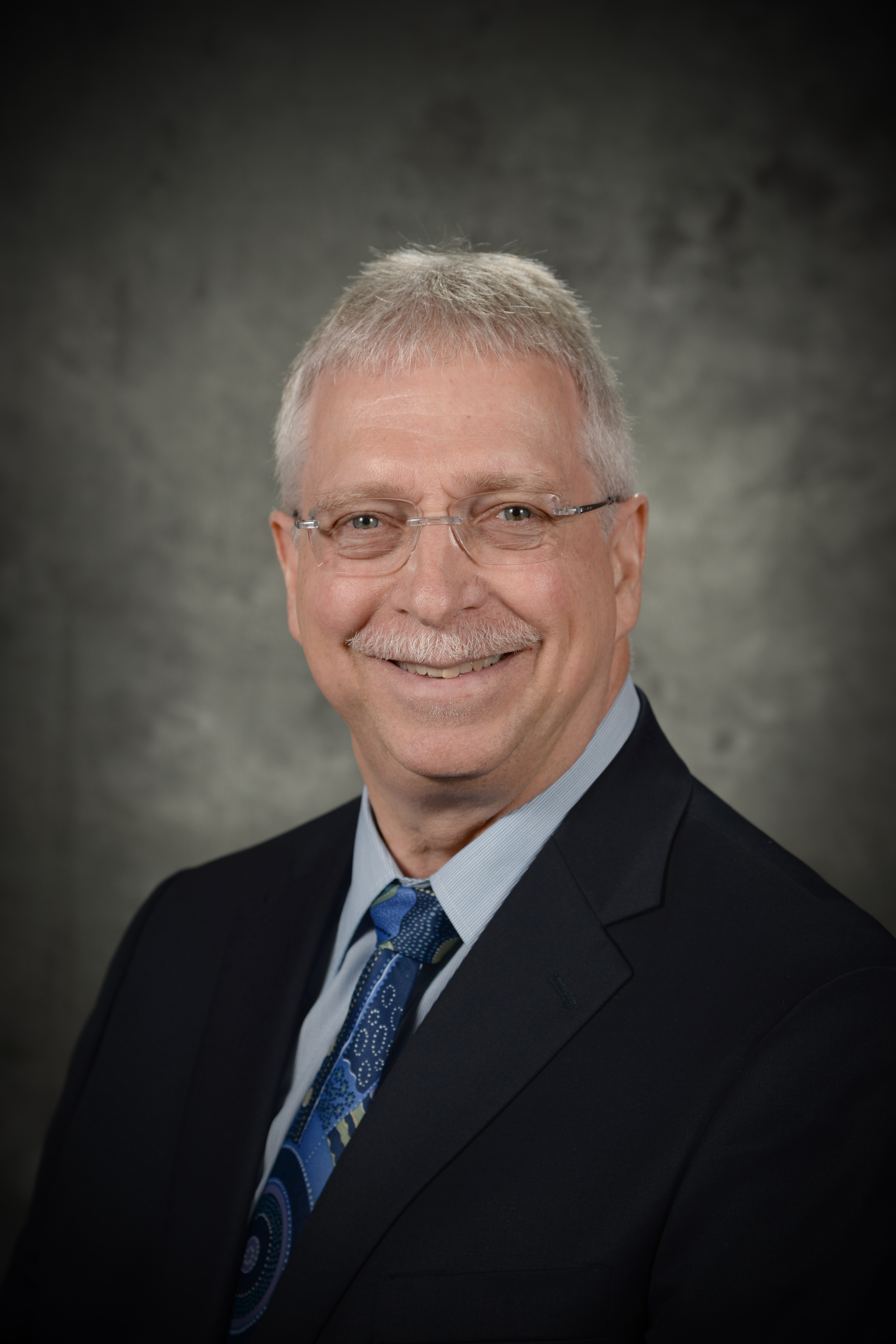Freeman Miller, MD
Keynote 2
Dr. Miller graduated from the University of Colorado Medical School in 1978. A Residency in Orthopedic surgery was completed in 1983, followed by a fellowship in Pediatric Orthopedics at the Hospital for Sick Children in Toronto, Ontario.
Dr Miller was Co-director of the Cerebral Palsy Program and the Clinical Director of the Gait Analysis Laboratory at the A.I. duPont Hospital for Children for 30 years. He contiues as an emeritis staff member at AI duPont Hospital for Children providing consultative services and is active in the research program. His clinical practice of pediatric orthopedics is limited to children with cerebral palsy. For the past 25 years, Dr. Miller has held Adjunct Professor appointments in the Departments of Mechanical Engineering and Physical Education at the University of Delaware. He is also a member of the University BIOMS program, which is an interdisciplinary graduate program in biomedical engineering. Dr Miller has been actively involved in supervision of graduate and undergraduate students at Delaware through these programs. Current and past reseach interests include investigation of surgical outcomes of CP surgery through gait analysis; mathematical modeling of the hip joint in children with CP, hip monitoring and management for children with CP, and management of spinal deformity in CP. Almost all my clinical practice has been focused on orthopedic management of children with neurologic disability, especially on improving gait and managing disabiling deformity.
Dr. Miller has published approximately 200 articles in peer reviewed journals, has published a book Cerebral Palsy: A Guide for Caregiving directed at families and none medical careproviders which was published in 1995, and in 2017 was revised and released as the thrid edition. A medical textbook, Cerebral Palsy with 1080 pages outlining musculoskeletal care of the child with cerebral palsy was written by Dr. Miller and published in 2005 by Springer-Verlag. The second edition of this book is will be released in mid 2020.
Talk Title: “Diagnostic Clinical Gait Analysis: Where are we and Where should we go?”
Date/Time: Wednesday June 9th, 11:30-12:30
Objectives:
At the completion of this talk, the audience will be able to
- Understand the current deficits in our use of gait analysis data for clinical decision making.
- To be able to conceptualize new options for future clinical applications of gait data to improve patient outcomes.
- Appreciating the longterm nature of childhood gait treatment and its lifetime implications in the context of the international framework of understanding disability.
